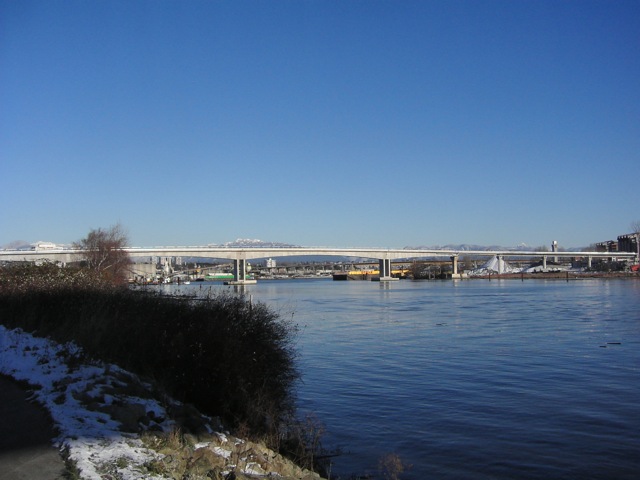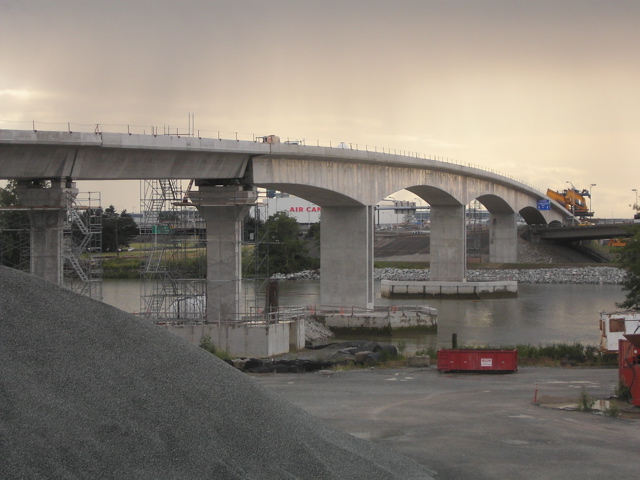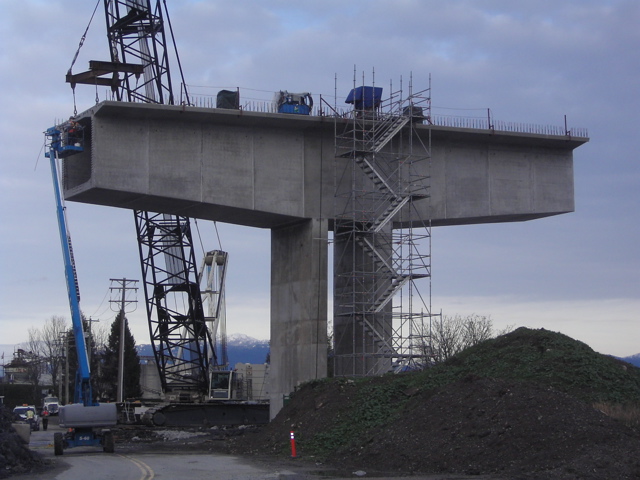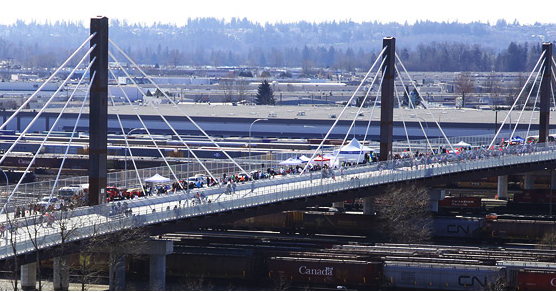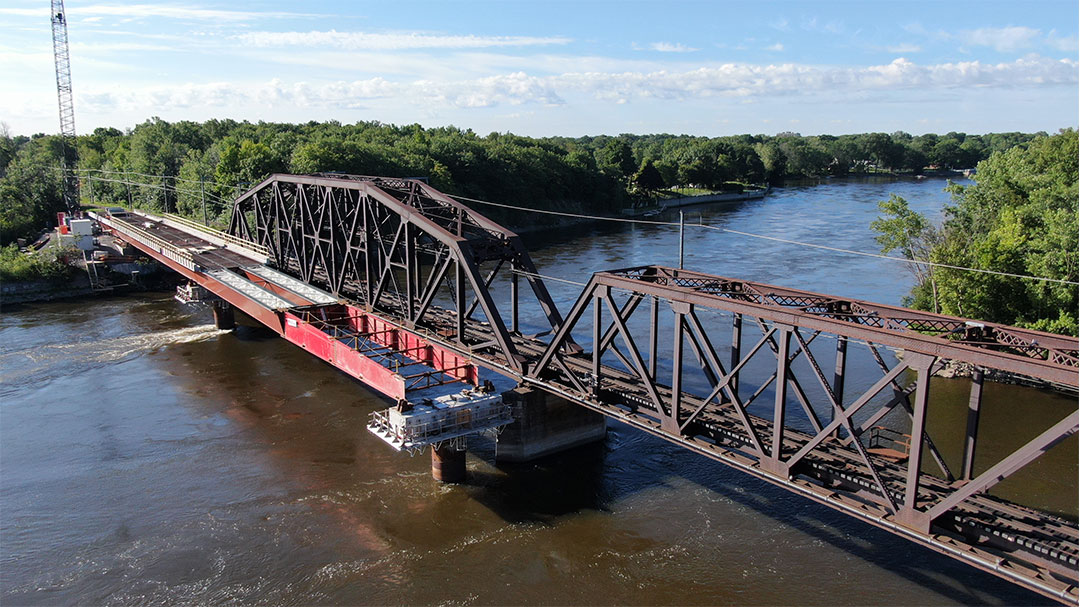This part of the UrbanToronto piece really struck me:
Maybe I'm missing something but this plan (the Ontario Line in general) seems pretty ill-considered compared to the Relief Line. I also wonder if the smaller, shorter trains are going to result in a Canada Line-type scenario where the Ontario Line will be running over capacity soon after opening. And all the added turns in the new alignment don't seem desirable from a speed/operational perspective.
The "Relief Line"/Ontario Line dichotomy doesn't 100% make sense since what Metrolinx/the media is calling the "Relief Line" is only the short downtown segment of the line. The rest of the alignment (north of Danforth) wasn't established yet and was in Metrolinx's domain (the "Relief Line North") anyway.
I think the Ontario Line is just getting worse publicity because it's coming from Ford. All the half-baked parts of the City's transit schemes don't get the same amount of negative publicity. I think it's phenomenal that, in a pandemic, with the world's largest subsovereign debt, we have a
Conservative government that is spending tens of billions of dollars to expand our transit network. Just a few years ago the relief line was only showing up in long-range Metrolinx plans (25+years), now we are planning to get it in only 7 years.
The Relief Line South route had its own problems. Rapid transit planning involves tradeoffs between urban design and transportation engineering, and it can be problematic when it is too heavily weighted towards one aspect. The City handed off transit expansion planning from the TTC to City Planning a while ago, and it shows in their designs which tend to treat transportation objectives as secondary to "placemaking."
Downtown Segment
Both the RLS and OL follow the same artery (Queen) through the central section and have the same number of stops. IMO this is taking the worst part of the RLS work done and improving it slightly.
When the city was evaluating which east-west option to go with,
they found that they would get 36% higher ridership with King, but went with Queen because it was cheaper to tunnel under the Don at Queen and because it served more priority neighbourhoods like Moss Park. The cost advantage went away when they decided to add a stop all the way south at east Harbour, but the Queen option remained preferred. Now we aren't even tunneling under the Don, and we are going to the rail corridor, but still veering up north to reach Queen.
The raison d'être of the Relief Line is to resolve dangerous overcrowding at the awkward interchange at Bloor-Yonge station, due to passenger flows from Line 2 on the north end of the Line 1 platform. The TTC is spending $1.1 billion to address this. And yet, the city seems to want to replicate the same style of interchange.
This would have been the interchange with Line 1 at Queen.
It would have been just as bad at Osgoode station. Both stations were in the inner part of the line 1 U, so that they could service Nathan Philips Square/Sheraton. It's a holdover from an earlier version of the RLS where a single station was planned at City Hall, in the "psychological heart" of Toronto (according to the RLS website.) To me this demonstrates how placemaking was prioritized over transportation.
The OL stations, in contrast, are both centered about the Line 1 stations. This means that there isn't the awkward spacing (800m from Yonge to Sherbourne RLS stations vs. 300 m Queen to Osgoode RLS stations.) and transferring will be a lot easier. Metrolinx says they want to directly put the trains in the lower concourse of Queen, which may not be possible given space constraints, but even if that is used as an intermediate concourse it's better than the 3-level directional transfer planned on the original RLS plan.
Moss Park station is basically the same; either way I'll get to take the OL to play hockey at Moss Park Arena.
Corktown station is a bit better located than Sumach. It's next to George Brown, closer to Distillery, and is surrounded by oceans of parking that will make juicy development sites. The parliament bus is also a more important connection. Sumach was located under a highway overpass and had an objective of "stitching the neighbourhood together."
It's unfortunate that OL doesn't have a station at Cherry, to connect with the future Waterfront East transit network as the Portlands is redeveloped. But that is a long-term concern, since the Don Mouth naturalisation needs to occur before the Portlands can be redeveloped, and it probably won't be built out for at least a few decades. The Cherry streetcar will just need to travel an extra 500m to Corktown station.
Alignment Winner:
Ontario Line for better spacing and transfers
Western Segment
This hadn't been officially planned yet by the City, so it's difficult to make a fair comparison.
It was a little ridiculous how the RLS plans stopped east of University. Downtown officially extends to Bathurst, and even west of Bathurst is the most densely populated part of Toronto outside of St. James Town. So it's surprising that they didn't at least go to Spadina in the RLS.
The OL alignment is good that it goes further, but it doesn't exactly hit Liberty Village. It's also a little perplexing that it doesn't connect with the Weston corridor (UPX, Barrie GO, etc.) or the Liberty Village ST station. The OL's antecedents with the
Union Station capacity relief study involved transfers with this corridor.
(Note, the above image is from a dumb idea they have to stop trains short of Union and force a linear transfer)
Maybe a north-western extension would connect at Dundas West or Mount Dennis, but you'd lose the Barrie line connection.
Alignment Winner:
Ontario Line for going the extra mile
(Post 1/2)

